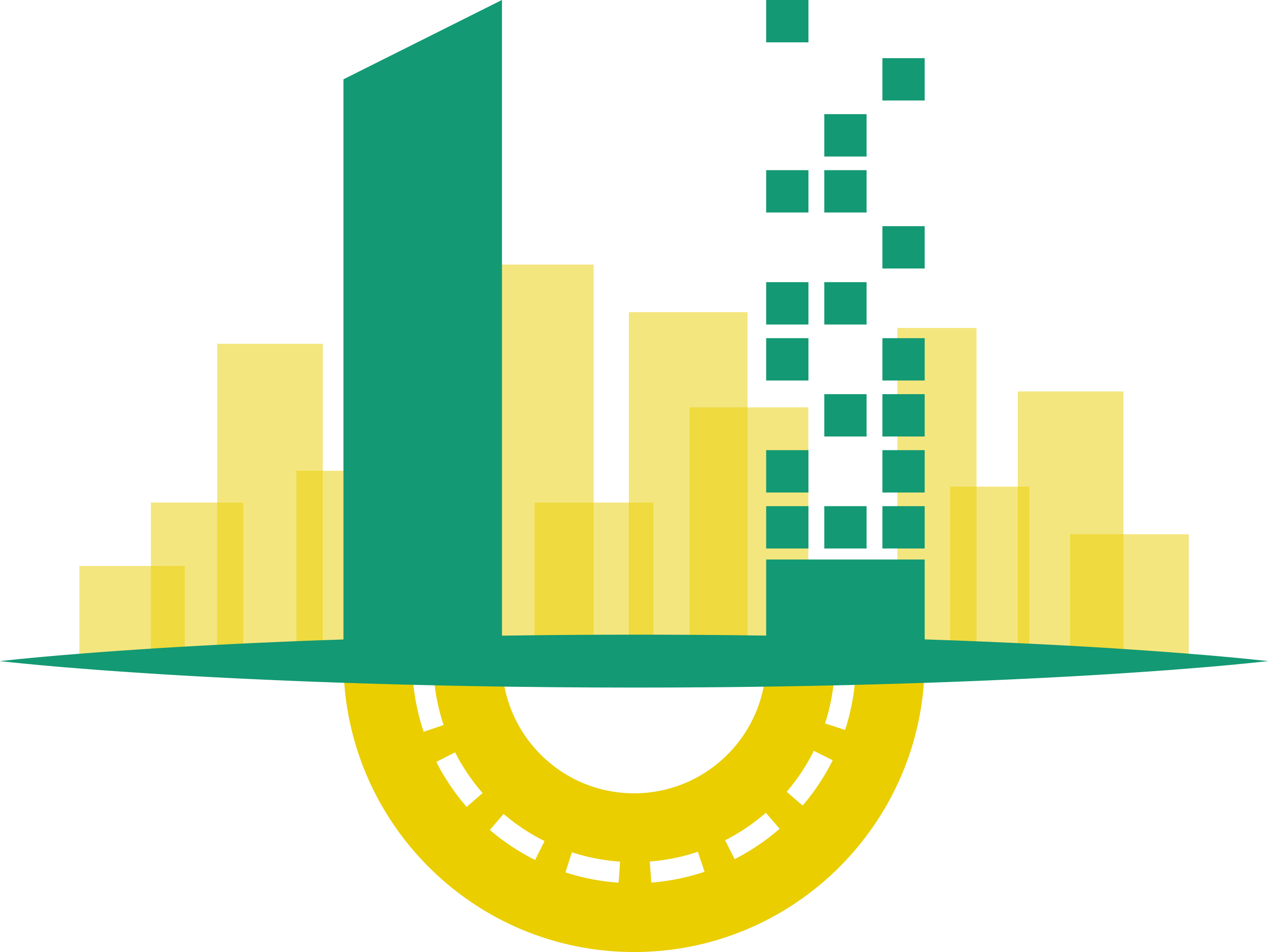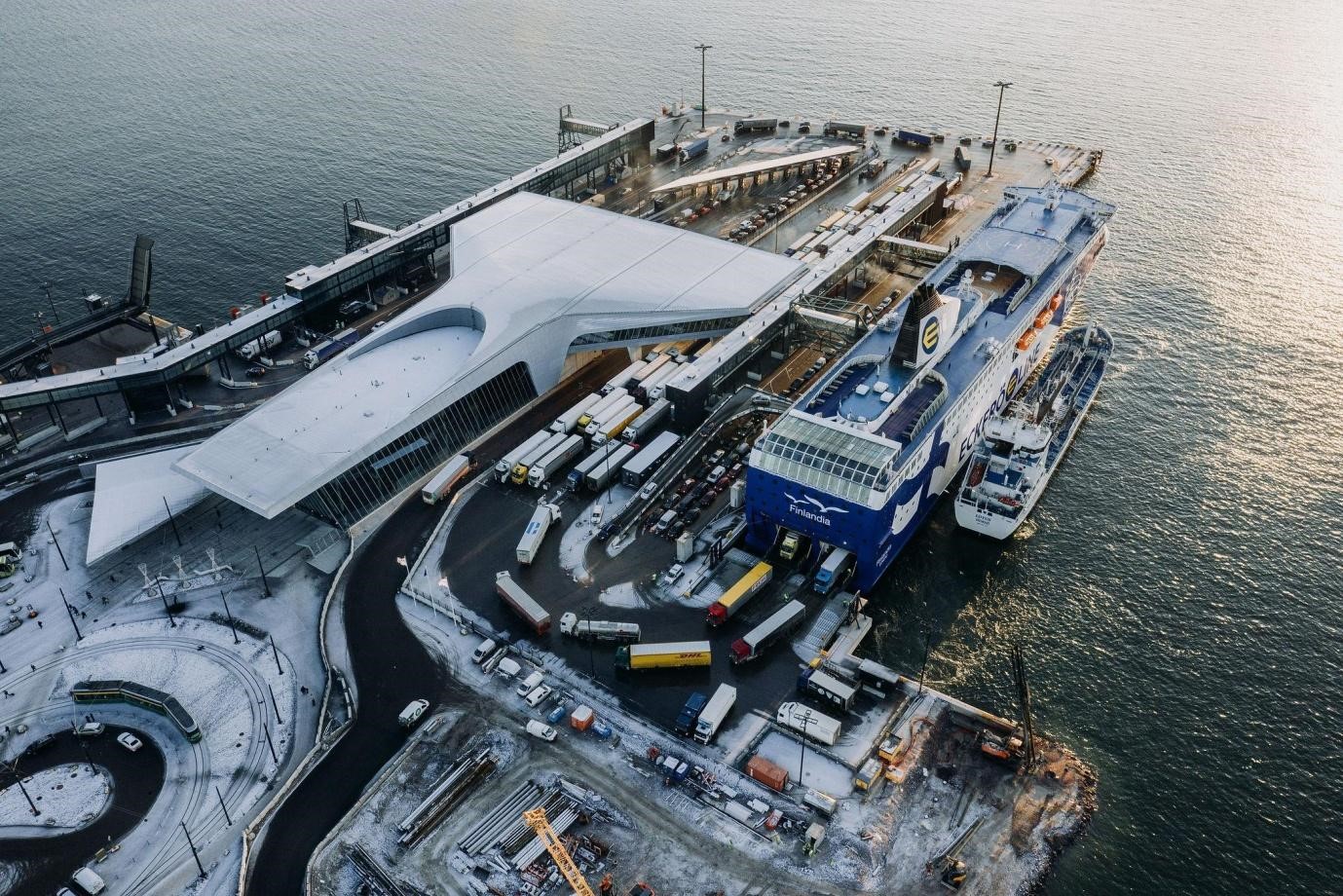Enabling mobility planners in using the city’s traffic and mobility data: Case Helsinki, Finland
Due to digitalization, there is a growing number of traffic and mobility data available for the cities to use world-wide. It is usually in the interest of cities to take control over this data. This is also the target of the city of Helsinki, which aims to build a data platform for traffic and mobility data, therefore supporting evidence-based decision-making and strengthening the whole ecosystem of traffic and mobility. Currently, there is plenty of mobility data but it is not as widely used as it could be.
In reaching its aim, the city of Helsinki, is supported by the city’s innovation company Forum Virium Helsinki, which is also leading the URBANITE project activities in Helsinki. URBANITE project and a set of other projects in which Forum Virium and the city of Helsinki are involved are starting to make the objective of a unique data platform a reality. This ”bundle” of projects is named “LIDO” project composition.
One of the key reasons of success is actually the creation of such a bundle of projects which fulfill each other's expertise, have high strategic priority, bring together highly skilled partners and high motivation to reach the goal. Each of these success factors is realised via a tight and active cooperation among different stakeholders.
Also of great importance is that the target of building a data platform and of taking control over traffic and mobility data is mentioned as a crucial aim in the city’s Smart Mobility Programme 2030, and the aim to share and open data is underlined by the City of Helsinki’s Data strategy.
While Forum Virium and the City of Helsinki have intensively cooperated for several years, this time there are more resources for active daily cooperation. Here, URBANITE has a primary role since it provides proficiency related to new technologies and smart mobility, international perspectives and working resources.
The scope of URBANITE’s Jätkäsaari pilot in Helsinki is to help traffic planners to control congestion and provide them a better understanding of the big picture of mobility in the area. In addition, the aim is to test what is possible to do with the existing data, adopt new tools (e.g. AI and big data technologies) and then replicate the lessons learned in the other districts of the city. The forthcoming Jätkäsaari traffic simulation, that will take place through URBANITE project is part of this picture. It will simulate the effects of certain situations on the traffic flow and air quality of the district around Jätkäsaari through the use of advanced simulation techniques.
Thus, URBANITE will provide traffic planners and researchers the opportunity to learn to use new tools and increase their understanding of new technologies related to traffic management. The project will help the city of Helsinki to test novel technologies, improve the whole ecosystem of mobility and make better urban planning.

